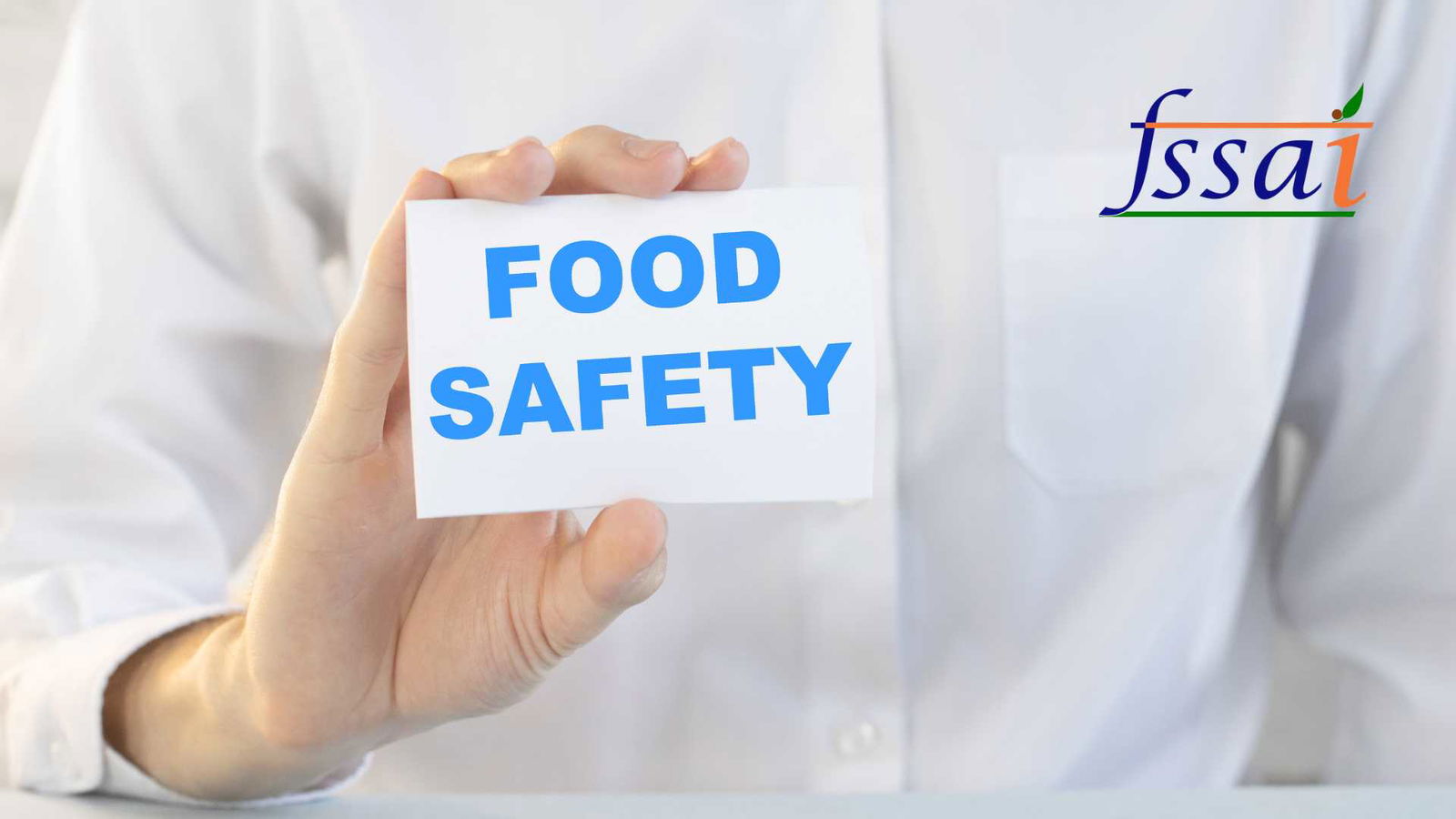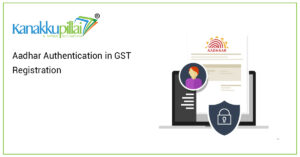![]()
Food Security Card
The Food Security Card is a government-issued document or scheme that provides subsidized essential food items to eligible households or individuals. Its primary aim is to ensure that every citizen has access to an adequate amount of food to maintain a healthy and active life. The card serves as a means to address the issue of food insecurity by providing support to those facing economic hardship and challenges in acquiring basic nutrition.
This article focuses on unravelling the eligibility criteria and the step-by-step process involved in applying for a Food Security Card. Understanding who qualifies for this program and comprehending the application process is crucial for individuals or families in need. By shedding light on the eligibility requirements and the procedural aspects of the application, individuals will gain a clearer understanding of how to access this vital social welfare initiative.
Role and Objectives of the Food Security Card
- Providing Subsidized Food: One of the primary roles of the Food Security Card is to provide subsidized food items to eligible households. This serves as a crucial safety net for individuals or families facing financial constraints, ensuring access to essential nourishment.
- Addressing Food Insecurity: The card aims to mitigate food insecurity, a condition where individuals lack consistent access to enough food for an active and healthy life. By offering subsidized food items, it aims to bridge the gap between economic hardship and access to necessary nutrition.
- Enhancing Nutritional Support: The objective of the card is not only to provide food but also to ensure that the provided items are nutritious. It’s an effort to address not just hunger but also nutritional deficiencies, especially among vulnerable populations.
- Promoting Social Equality: The program strives to promote social equality by ensuring that basic sustenance is accessible to all, regardless of economic status or social background. It seeks to reduce disparities and provide a level playing field concerning access to essential resources.
Eligibility Criteria
1. Income Criteria:
Explanation of Income Thresholds: The income criteria are a significant determinant for eligibility when applying for a Food Security Card. Each region or country typically defines specific income thresholds that applicants must fall below to qualify for the program. These thresholds are set based on the cost of living, average income levels, and economic conditions in the area. Individuals or families falling below this income threshold are considered eligible for the Food Security Card.
Documentation and Proof Required: To substantiate income levels, applicants must provide various documents, such as income certificates, pay stubs, tax returns, or any other official documentation that validates their financial situation. These documents serve as evidence to verify the income status and are crucial in the application process. They help authorities ensure that the assistance reaches those who genuinely require it.
2. Household Composition:
Impact of Family Size on Eligibility: Household composition is another significant factor in determining eligibility. Larger families often have different criteria or may receive a higher ration allocation to cater to the increased need for food. The number of individuals in a household directly influences the amount of subsidized food items they may receive through the Food Security Card.
Special Criteria for Large Families: In many regions, there are special considerations for larger families. These criteria could involve specific allowances for additional family members, recognizing the increased food requirements of bigger households. Understanding these special considerations is essential for larger families seeking support through the Food Security Card.
3. Social Categories:
Focus on Assistance for Marginalized Communities: Food Security Card programs often prioritize assistance for marginalized communities, including economically disadvantaged groups, scheduled castes, scheduled tribes, and other backward classes. These social categories may face higher instances of food insecurity due to historical disadvantages and socio-economic challenges. Therefore, the eligibility criteria may be tailored to ensure these vulnerable groups receive adequate support.
Specific Groups Eligible for Assistance: Specific groups such as pregnant women, lactating mothers, children, the elderly, or individuals with disabilities may have specific eligibility for the Food Security Card. These groups are considered particularly vulnerable and are provided with targeted assistance through the program.
4. Residency and Citizenship Requirements:
Importance of Residency and Citizenship: Residency and citizenship requirements are fundamental in the application process for a Food Security Card. Typically, these programs are designed to cater exclusively to citizens or legal residents of a specific region or country. Ensuring that applicants are residents or citizens of the concerned area is essential for availing the benefits of the program.
Documents and Proofs Necessary: Applicants are required to provide documents like residence proofs, citizenship certificates, or any other legal documentation verifying their status as residents or citizens of the region. This documentation serves as proof of their entitlement to access the benefits offered through the Food Security Card program.
Application Process
1. Application Form:
Details Required in the Application Form: The application form for the Food Security Card typically includes personal details such as name, address, contact information, family composition, income details, and any specific information related to social categories or vulnerable groups. The form aims to gather comprehensive data to assess eligibility accurately.
Explanation of Form Submission: Once the application form is filled out with the required details, it needs to be submitted to the designated authorities. Submission methods may vary and can include online portals, government offices, or specific application centres. The submission is a critical initial step in the application process.
2. Required Documentation:
Types of Documents Needed: Applicants are generally required to submit various documents to support the information provided in the application form. These documents may include identity proof, address proof, income certificates, family photographs, and specific certificates related to the social category or vulnerable group membership.
Importance of Accurate and Up-to-date Information: The accuracy and currency of the information provided in these documents are crucial. It ensures the authenticity of the application and helps in accurate assessment and verification. Outdated or incorrect information might lead to delays or even application rejection.
3. Submission Channels:
Options for Submitting Applications: Various channels are available for submitting applications, including in-person submission at government offices, online portals, or designated centres established for this purpose. These different channels aim to provide convenience and accessibility to applicants.
Pros and Cons of Different Submission Methods: Each submission method has its pros and cons. In-person submissions allow direct interaction and clarification of doubts, while online portals provide convenience but might lack the personal touch. Understanding these advantages and disadvantages can help applicants choose the most suitable method.
4. Verification Process:
Overview of Verification Steps: After the submission, authorities conduct a verification process to validate the details provided in the application and accompanying documents. This might involve cross-verification with other government databases, field visits, or interviews.
Field Visits and Additional Documentation Requirements: Verification may include field visits to the applicant’s residence to confirm the details provided. Sometimes, additional documentation might be requested to ensure the accuracy of the information. This step is crucial to prevent fraudulent claims and ensure the benefits reach those who genuinely need them.
5. Issuance of the Card:
Details Contained in the Food Security Card: Upon successful verification, the Food Security Card is issued. It typically contains details about the family, such as the number of members, their entitlement, the type of subsidized food items they can obtain, and the allocated quantity. The card acts as an identification and access tool for beneficiaries.
Implications of the Card for Beneficiary Families: For beneficiary families, the card represents access to essential subsidized food items, thereby reducing their economic burden. It assures them of a regular supply of necessary food items, contributing significantly to their nutritional needs and overall well-being.
Benefits of the Food Security Card
1. Nutritional Support:
Impact on Nutritional Needs of Eligible Families: The Food Security Card significantly contributes to fulfilling the nutritional requirements of eligible families. By providing access to subsidized essential food items, the program ensures that these families can acquire a diverse and nutrient-rich diet that might otherwise be financially out of reach. This support helps in addressing malnutrition, improving overall health, and fostering better growth and development, especially among vulnerable populations such as children, pregnant women, and the elderly.
Significance of Access to Essential Food Items: Access to essential food items is pivotal in ensuring a balanced and healthy diet. The availability of subsidized food items through the Food Security Card helps in meeting dietary needs, enhancing the intake of vital nutrients, and reducing the risk of nutritional deficiencies. This access not only improves physical health but also aids in cognitive development, overall productivity, and a better quality of life for the beneficiaries.
2. Economic Relief:
Reduction of Economic Burden on Low-Income Households: The provision of subsidized food items through the Food Security Card alleviates the economic burden on low-income households. By offering essential items at subsidized rates, the program assists in reducing the expenditure on food, allowing families to allocate their limited financial resources to other critical expenses such as education, healthcare, housing, and utilities.
Allocation of Resources for Essential Expenses: The economic relief provided by the Food Security Card enables families to reallocate their financial resources. By securing access to affordable food, families can divert their savings towards crucial expenses that may have been neglected due to high food costs. This reallocation supports overall family welfare and stability, contributing to the improvement of their living standards.
Challenges and Improvements
1. Inadequate Coverage:
Issues Surrounding Eligible Population Coverage: One of the key challenges faced by the Food Security Card program is inadequate coverage, where deserving individuals or families might not be included or may not receive the support they require. This can happen due to stringent eligibility criteria, administrative errors, lack of awareness, or complexities in the application process.
Solutions for Reaching Deserving Individuals/Families: Improving the reach of the program involves several solutions. These may include conducting extensive awareness campaigns to educate the eligible population about the program, simplifying the application process, and making it more accessible. Additionally, periodically reviewing and revising the eligibility criteria to be more inclusive can help ensure that the most deserving individuals and families receive the necessary support.
2. Infrastructural Bottlenecks:
Challenges Related to Infrastructure and Access: Challenges in infrastructure and access can impede the efficient implementation of the Food Security Card program. These challenges may include inadequate technology or internet access for online applications, insufficient administrative machinery, or inadequate government centres for offline application submissions, especially in remote areas.
Strategies for Overcoming Infrastructural Issues: To address these challenges, strategies involving infrastructure development are essential. This could include enhancing online application portals for easier access, ensuring sufficient administrative support in all regions, and establishing more government centres in remote areas. Improving technological infrastructure and providing training to personnel for smoother operations are also vital for addressing these bottlenecks.
3. Quality Control:
Ensuring Quality and Timely Availability of Subsidized Food Items: Maintaining the quality and timely availability of subsidized food items is crucial to the success of the Food Security Card program. Challenges might arise in ensuring that the food items distributed are of good quality, fresh, and available when needed.
Prevention of Pilferage and Maintaining Standards: To ensure quality control, measures should be implemented to prevent and maintain standards. This can involve regular monitoring, quality checks, and the implementation of stringent inventory management systems. Collaborating with reputable suppliers and ensuring timely distribution is also crucial to maintaining quality and reliability in the food items provided through the program.
Conclusion
The Food Security Card (FSC) program, while essential, faces hurdles like inadequate coverage, infrastructural limitations, and quality control issues. To ensure its success, simplifying application processes, expanding awareness, enhancing infrastructure, and enforcing stringent quality measures are imperative.
By overcoming these challenges, the program can continue to support nutritional needs, relieve economic burdens, and promote social equality. Evolving to meet the needs of the deserving, the program remains a crucial tool in eradicating food insecurity and enhancing the well-being of countless individuals and families globally.





